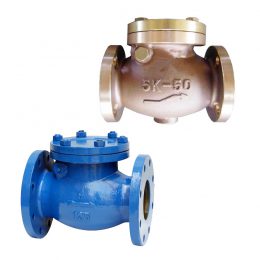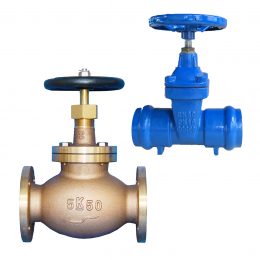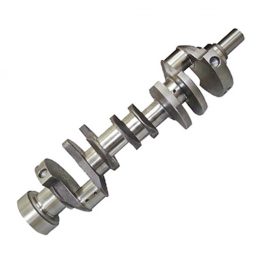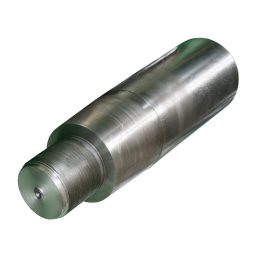The Importance of Marine Engine Connecting Rods in Engine Tuning
Marine engines rely on connecting rods to transmit power from the piston to the crankshaft. Without these essential components, the engine would not function properly. The connecting rods play a critical role in converting the energy from fuel combustion into mechanical motion, which is essential for the engine’s operation.
Aside from transmitting power, connecting rods also play a crucial role in maintaining the engine’s structural integrity. Marine engines operate in harsh marine environments where they are exposed to saltwater, humidity, and temperature extremes. These conditions can cause damage to the engine’s components, including the connecting rods. Thus, it is crucial to design connecting rods that can withstand these conditions and provide reliable performance throughout the engine’s lifespan.
Marine engine tuning involves optimizing the engine’s performance by adjusting various components, including connecting rods. Engine builders can adjust the dimensions and materials of the connecting rods to balance strength and weight, allowing the engine to operate at high speeds while minimizing the risk of damage or failure.
One way to optimize engine performance is by adjusting the engine’s stroke length. By changing the length of the connecting rod, engine builders can adjust the piston’s position in the cylinder, which affects the engine’s compression ratio. A higher compression ratio can result in increased power output, but it can also increase the risk of engine knock, which can damage the engine. Therefore, engine builders must carefully balance the compression ratio, fuel-air mixture, and other factors to ensure optimal engine performance without compromising reliability and safety.
Another factor that engine builders can adjust is the engine’s rod ratio, which is the ratio of the length of the connecting rod to the length of the crankshaft throw. Changing the rod ratio can affect the engine’s power characteristics, with a longer rod ratio typically resulting in a broader powerband. However, changing the rod ratio can also affect the engine’s piston speed, which can increase the risk of engine failure at high speeds. Therefore, engine builders must carefully balance the rod ratio, stroke length, and other factors to achieve the desired power and torque output while maintaining the engine’s reliability and safety.
In conclusion, connecting rods play a crucial role in marine engine tuning. They help optimize engine performance by adjusting the engine’s stroke length and rod ratio, affecting power and torque output. Furthermore, connecting rods also ensure the engine’s structural integrity, allowing the engine to operate at high speeds without damage or failure. Therefore, engine builders must carefully select and design the connecting rods to achieve the desired balance of strength, weight, and durability, depending on the engine’s application and performance requirements.
- “Noah Marine Services Ships High-Quality S60MCC Cylinder Liners to Valued Customers”
- S70MCC Big Water Jacket Shipped
- Marine Propeller Shafts: Consider Selecting the Right One
- 5 types of vessel repair: Annual repair, Ship Voyage repair
- Cylinder Liners – Types, Materials, and Maintenance
- Diesel Engine Cylinder Liner: Functions and Materials



